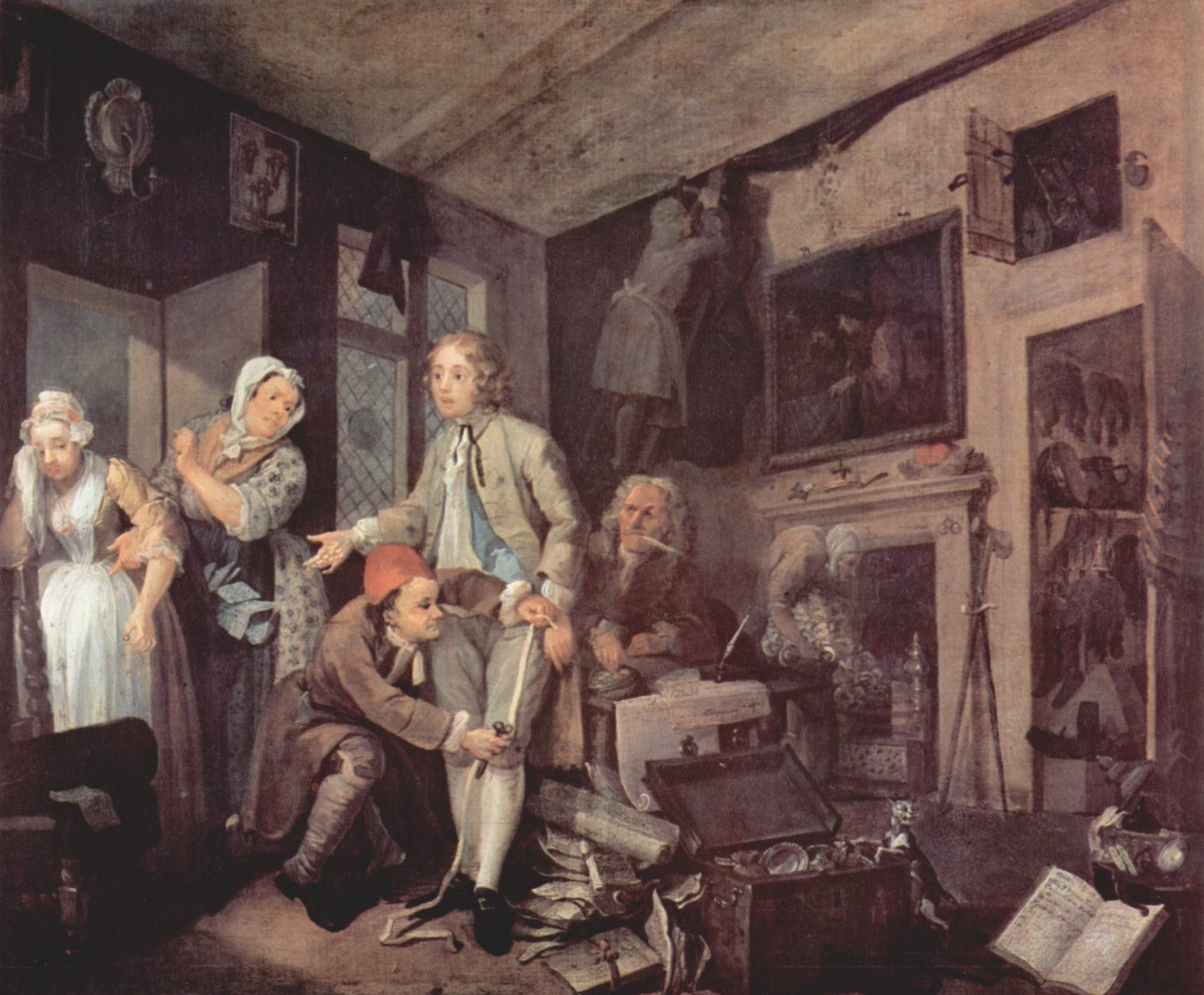In preparation for a seminar, Charlotte Cotton's popular photography theory book 'The Photograph as Contemporary Art' (Thames & Hudson, 2009) was the topic of discussion, in particular Chapter 2 'Once Upon a Time'. This chapter brought to light contemporary art photography which is often described as 'tableau-vivant photography'. This means 'living picture' in French. Google Dictionary describes tableau-vivant as 'A silent and motionless group of people arranged to represent a scene or incident'. In relation to photography this is posed image to construct a narrative.


The image below was interesting to deconstruct and draws inspiration from a particular popular painting.
 |
| Diary of a Victorian Dandy 19:00 hours' (1998) by Yinka Shonibare |
It features five moments in the day in the life of a dandy (Dictionary.reference.com: 'a man who is excessively concerned about his clothes and appearance; a fop.'), performed by the artist. An apparent reference is to 'The Rake's Progress' (1732-33) by William Hogarth about the young cad Tom Rockwell. There are 7 episodes in Rockwell's life that Hogarth paints vividly following the character's pleasures and consequences of his debauchery.
 |
| The first painting in the series ' The Rake's Progress' |
Shonibare's tableau-vivant photograph represents different moments in the day all set in historical interiors and Victorian fancy dess. Interestingly the roles are reversed showing a contemporary satirical twist. Charlotte Cotton writes 'The Caucasians are shown to be 'colour-blind' to the artist and his skin colour. His place within Victorian society appears to be protected by his guise as a dandy, the declaration of self-fashioning and authenticity being assured through pronounced artifice in manner and dress'. Shonibare's Victorian Dandy was commissioned to be shown first as posters on the London Underground system thus intended to align with today's popular commercial imagery.
Realizing this genre of photography has certainly been insightful as tableau-vivant photography is becoming increasingly popular especially in modern art galleries and understanding the origins and meanings behind these 'posed' images widens knowledge about photography and art history.
Realizing this genre of photography has certainly been insightful as tableau-vivant photography is becoming increasingly popular especially in modern art galleries and understanding the origins and meanings behind these 'posed' images widens knowledge about photography and art history.
Sources:
Further Reading:


